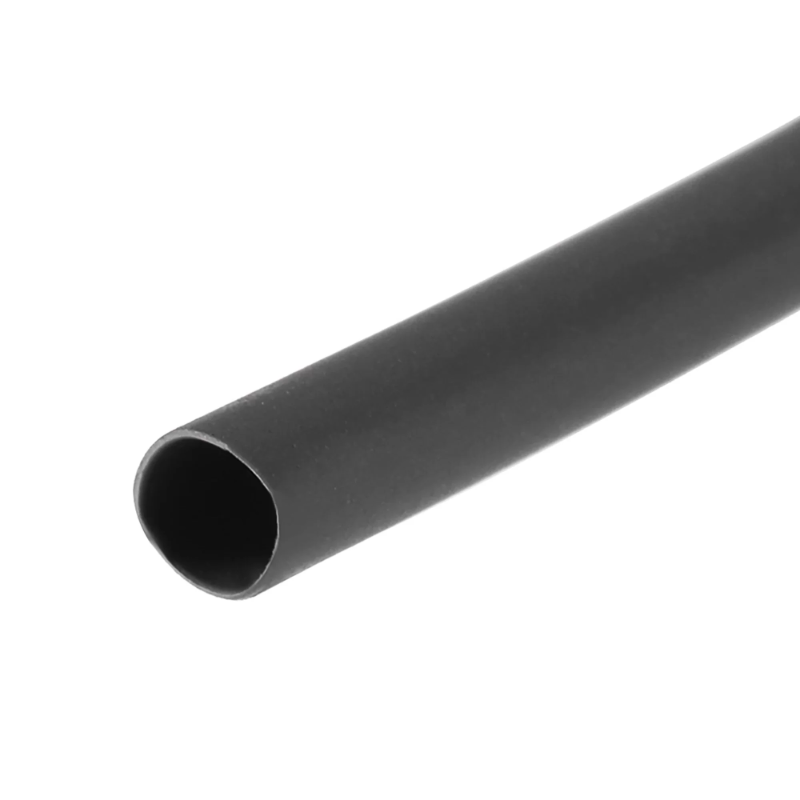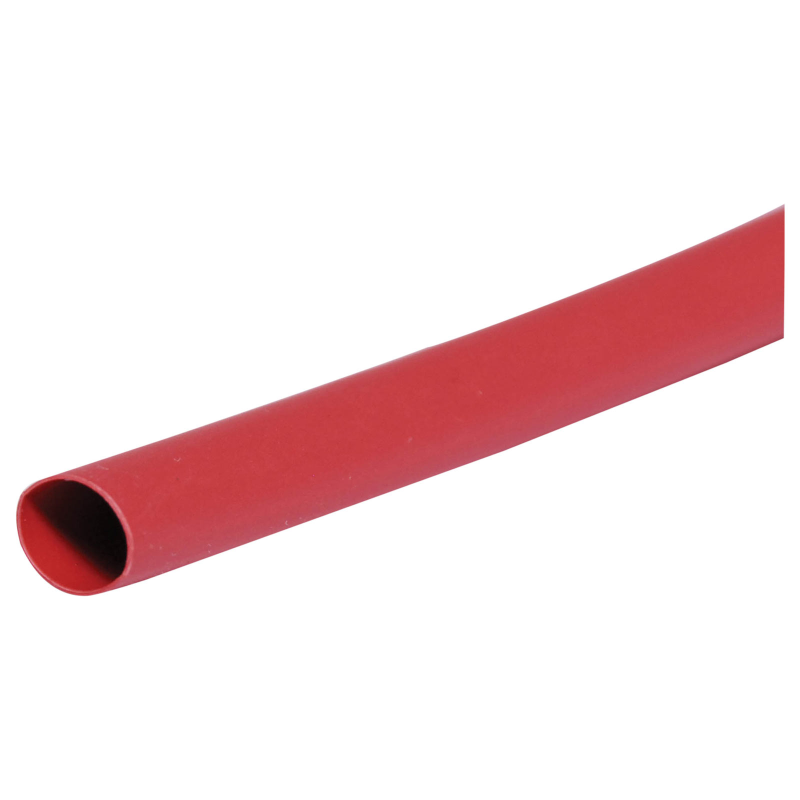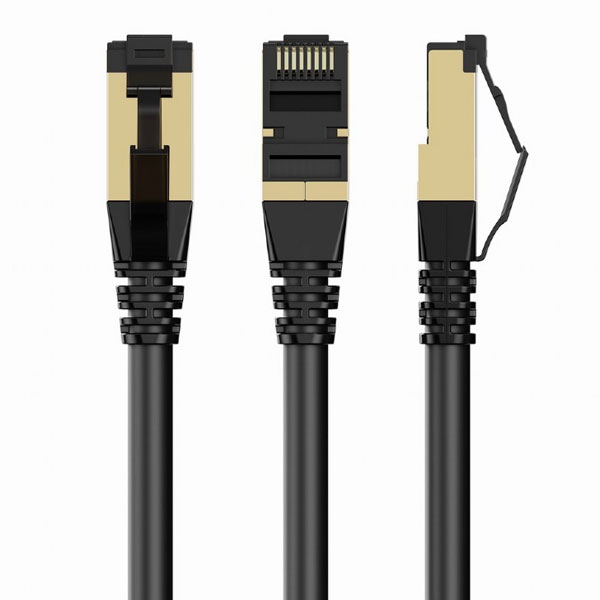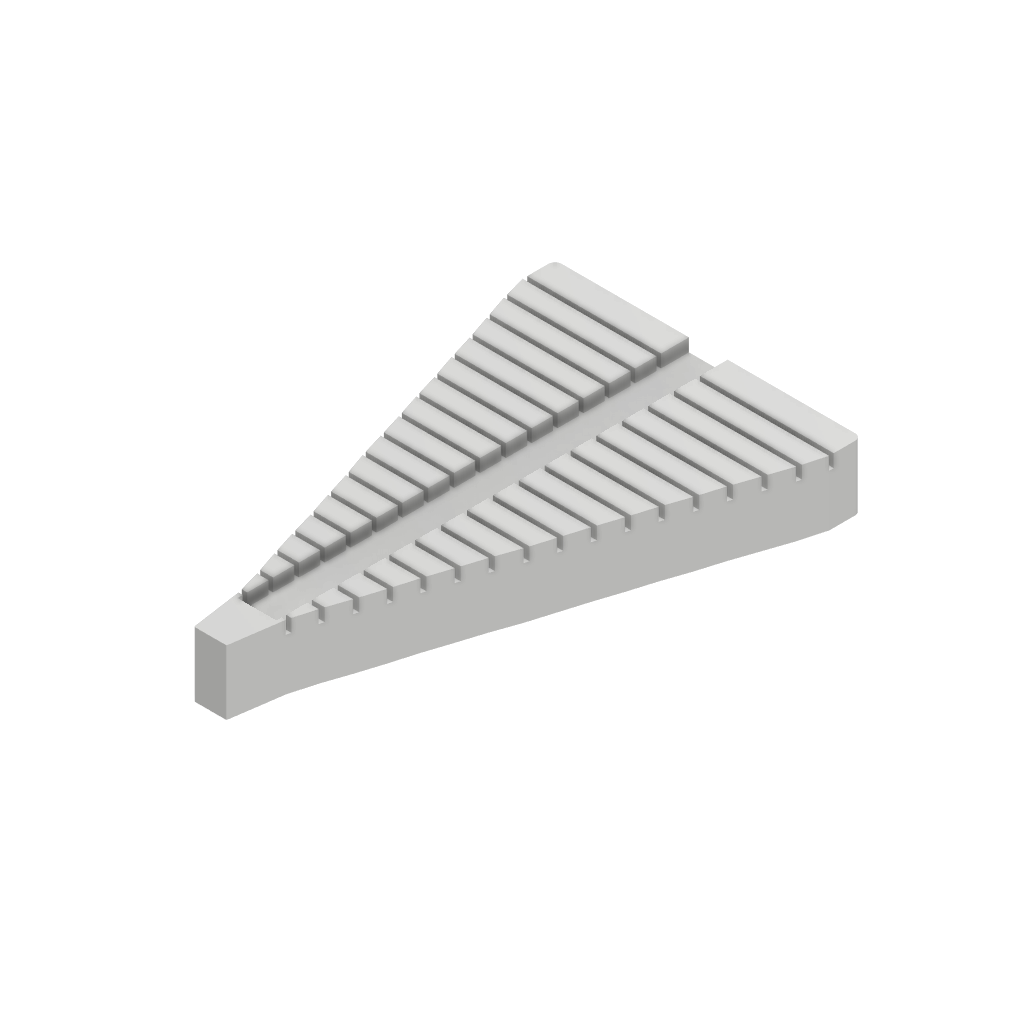5151+ reviews
Order by 16:00 for same day shipping
14 days return
EN
Individual
Business
Filters
Price
to
Type of cable/wire
Cable connector
Cable length
Cables & Wires
Cables and wires are the heart of any electronics or prototyping project. Without good connections, circuits will not function as intended. Whether you are working with a simple Arduino or building a complex system, the right wiring is crucial. Cables ensure stable power and signal transmission. They make your project safe, organized and reliable.
132 products found
Sort by:
Different types of cables and wires
There are many types of cables, each with a specific function. The biggest difference is often in the construction of the wire. You have solid wires and flexible wires.
Solid wires consist of one rigid core. They are ideal for fixed connections. Especially with breadboards they stay in the holes well. They are less suitable for applications where a lot of bending or movement occurs.
Flexible wires, or stranded wire, consist of multiple thin cores. These are more flexible and less breakable with repeated use. They are ideal for moving parts or temporary installations.
Useful cables for Breadboards and microcontrollers
When prototyping, you often use Jumper Wires. These ready-made cables come in three varieties: male-male, male-female and female-female. This allows you to quickly connect pins or headers without soldering. Dupont cables are a popular form of Jumper Wires. They come in sets with different colors and lengths. This makes it easy to organize your circuit.
For larger or more complex projects, ribbon cables are useful. These flat cables consist of multiple wires next to each other. They are often used for displays, modules or pin headers. Because the wires are neatly next to each other, you keep your wiring organized.
Thickness and specifications
When choosing a cable, pay attention to the thickness. This is usually indicated in AWG (American Wire Gauge). The lower the number, the thicker the wire. Thicker wires conduct more current and are needed for power supplies or motors. Thin wires are fine for signal transmission.
So use thicker cables when connecting motors or voltage regulators. This prevents voltage loss and overheating. For signal cables, the length is more important. Long wires can cause interference or signal loss. In that case, choose a shielded cable.
Practical tips for choosing the right cable
What exactly you want to connect determines which cable you choose. On breadboards solid wires are handy, because they stay in the holes well. Are you connecting a sensor to an Arduino or Raspberry Pi ? Then Dupont cables are a fast and solderless solution.
Are you working with high current? Then use thicker wires. Always ensure sufficient margin, especially if the cables can become warm. For sensitive signals or long distances, a shielded cable is the best choice. This prevents interference due to electromagnetic influences.
The color of the cables also plays a role. Color coding helps to keep your circuit clear. Red is often for the power supply, black for the ground. Other colors are used for data signals or additional functions. This reduces the chance of errors when connecting or testing.
Order and safety in your cabling
A neatly finished project is not only more beautiful, but also safer and more reliable. Use connectors and headers to neatly and securely fasten cables. Heat shrink tubing makes connections better insulated and stronger. Cable ties, clips and holders prevent loose wires. This is important for moving parts or heat development.
For frequent users, cable kits are indispensable. A Dupont set contains wires in various colours and lengths. This way, you always have the right type at hand. You don't have to cut or search all the time. This saves time and prevents frustration.











